WIXIE DETROIT SOUND No. 8 * Terry Knight & The Pack * WXYZ (4/18/66)
WIXIE DETROIT SOUND No. 18 * Johnny Rivers * WXYZ (4/18/66)
WIXIE DETROIT SOUND No. 27 * Dave Clark Five * WXYZ (4/18/66)
![]()
 From the MCRFB desk of Jim Feliciano
From the MCRFB desk of Jim Feliciano
A RETROSPECT INTO THE MAKING OF A GREAT DETROIT BROADCASTING LEGEND AND THE END OF A TOP 40 GIANT
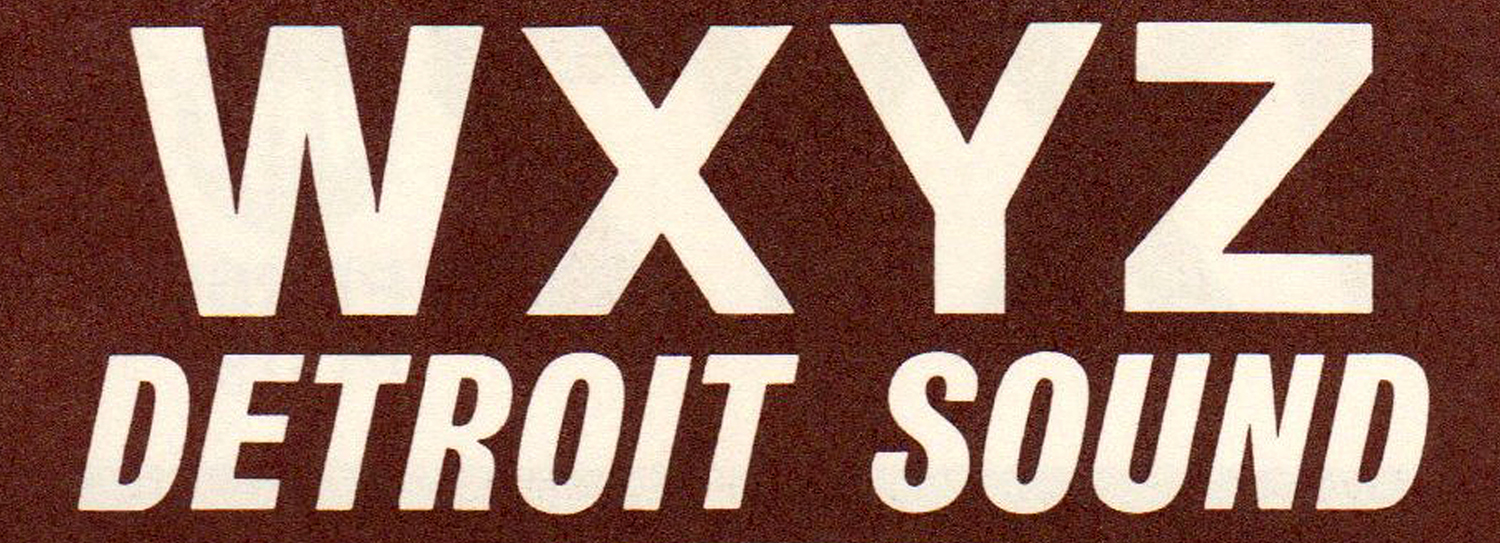
_____________________
DETROIT, November 28 — WXYZ radio. A Detroit radio legend. Rich in history as one of the most storied and oldest broadcasting institution in Detroit or for that matter, the entire country. Eighty seven-years ago, according to Wikipedia, the station spawn birth in the Detroit area under the calls WGHP on October 10, 1925.
WGHP was once a charter member (of 16 stations) that aired the first CBS Radio Network program in 1927. The station was then sold in 1930 to the Kunsky-Trendle Broadcasting Company who changed the calls to WXYZ. By the mid-1930s, while still a standing member, WXYZ dropped out of the Mutual Broadcasting System and became a new affiliate for the NBC Blue Network radio group.

In the 1930s and ’40s, WXYZ created and brought Detroit and the country great radio programming such as Eddie Chase‘s popular ‘Make Believe Ballroom’ and as well, serials such as the legendary The Lone Ranger, popularized nationally through Mutual affiliated stations after its premiere on WXYZ in 1933. Detroiters also tuned in on WXYZ for the latest thrilling adventures of The Green Hornet, The Challenge of the Yukon (tailored after dog personality Rin-Tin-Tin). These historic radio broadcasts were produced locally from the station’s annex-studios, located at the former Mendelson building on East Jefferson Avenue in Detroit. Earlier on, these entertaining WXYZ radio programmings were heard on many stations through the Mutual group across the U. S. and Canada. Immediately after the war years, in 1946, the station was sold and was purchased by the American Broadcasting Network in New York.

By the early 1950s, ABC and WXYZ brought out the best in quality programming in Detroit on the TV dial. Programs such as Wild Bill Hickok, Superman and The Cisco Kid. The Lone Ranger was still the big show on Thursday nights. Over on the radio dial, interspersed between network news and commentaries, music shows and local programming, WXYZ brought Detroiters Ozzie and Harriet, Corliss Archer and Big Time Boxing on Friday nights. Still prime on WXYZ radio since coming back to Detroit from New York in 1947 was Johnny Slagle. Slagle initially came over to Detroit (WXYZ) from Cleveland in 1935. And WXYZ had the most popular disk jockey in all of Detroit during that time – both radio and TV — Ed McKenzie.
L e g e n d
But by the mid-’50s WXYZ was in search of it’s own identity with ideas for newer audience appeal. The station management impressed the ABC brass in New York to drop many of the local shows and transcend to a more modern sound. Now with new alternative moves towards capturing better ratings in the market, much of the old ABC network programming was being replaced while diverting some attention to the music of the times. The added new voices on 1270 became the newest household names. Paul Winter, Micky Shorr and Jack Sorrell with his jazz-themed ‘Top Of The Town.’ It was a bold move which proved successful. Now riding on its new-found successes, WXYZ evolved into playing more of the mainstream pop hits, rock ‘n’ roll and current popular album themes being played around the country in the modern radio era.

By 1958, there was a strict playlist with a more contemporary music format to follow. No longer were the deejays allowed to play whatever they wanted to play. Another page in Detroit radio history had been turned. WXYZ was to become the first ABC-owned radio station to play Top 40 hits (or then labeled as ‘Formula Radio’) in the entire country.
The top 40 formula at WXYZ was now growing in popularity on the Detroit radio dial. Now heading forward well into the early 1960s, the 1270 top 40 notables would comprise of great air names as Fred Wolf; Joel Sabastian; Paul Winter; Steve Lundy; Don Zee; Fred Weiss; Dave Prince and Lee Alan. It was during this time WXYZ was then battling Storer-owned WJBK and RKO General’s CKLW for the Top 40 crown in the Motor City. During the earlier top 40 transition period some of the old radio names would leave WXYZ. Others remained. By this time WXYZ radio had begun its fierce battle going full force head-to-head for top ratings going against Detroit’s top-rated WJBK 1500. Having gained ground, WXYZ and WJBK at times found themselves into a virtual ratings tie vying for the top 40 title on the dial, seemingly, with no end in sight.
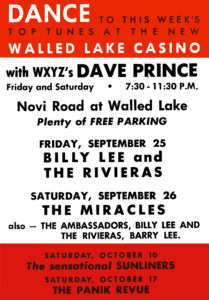
By then WXYZ radio held down a huge Detroit audience over the competition for market share. Radio 1270 became the hottest commodity on the radio dial for local music venues and dance entertainment. No. 1 in the ratings, they became a heavy influence for record sales in Detroit. The station’s playlist now comprised mostly the nation’s most popular records from the Billboard charts, and by 1962 WXYZ was center stage of what was happening in and around town. There was the legendary broadcasts from the Walled Lake Casino, Club 182 and more . . . and on the television side Club 1270 was gaining Detroit audience popularity as Joel Sabastian and Lee Alan introduced the hottest WIXIE hits on WXYZ-TV.
By early 1963, after coming on board the ABC-owned and operated station in February the previous year, Lee Alan, with the “Lee Alan Show” was by then pulling in a phenomenal 40 per cent share of the Detroit audience during the early evening and night time hours, according to a 1963 Hooper radio survey. Lee Alan. The name itself would come to be one of the most popular and recognized names ever in ’60s Detroit radio history.
M o r e T o p 4 0 Y e a r s – T h e ‘ 6 0 s
But by late-summer of 1964, WJBK was out of the Top 40 business. The ABC-owned station now found itself heavily competing against WKNR and CKLW for a greater market share they once dominated in recent years. Joel Sabastian left WXYZ for the Windy City that year. Lee Alan left momentarily, came back again, this time working in the WXYZ television studios. By late-summer 1965, the veteran morning-broadcaster Fred Wolf left WXYZ for retirement. Wolf, never one for the new limitations or “restrictions,” had been with the station since the early ’50s. With Wolf’s exit, it was out with the older traditions the station seemed to have embodied throughout the many years previous.
WXYZ, under the direction of Chuck Fritz, the 37-year old general manager at the station since 1963, was by then re-structuring the station’s appeal for a younger audience. With the Fred Wolf era gone and out of the picture, Fritz extended his sights in search for a younger (but calmer, more contemporary) voice in filling the morning void. They found that voice in Marc Avery. He was hired with the hopes in retaining the older Wolf audience, while at the same time appeal to a younger audience being drawn to the “New Radio 13” popularity on the radio dial. The new “Keener Sound” was by then fast retaining the largest rise in total market share in Detroit radio history. By the latter part of 1965, there was several changes in the WXYZ line-up. The WIXIE drive was gearing forward with their biggest run against the competition in the Detroit top 40 market.
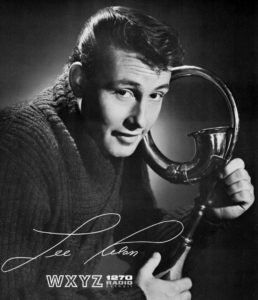
The WXYZ line-up in late 1965 consisted of some of the greatest radio voices heard on Detroit radio during that time. Marc Avery, 6-10; Steve Lundy, 11-2; Dave Prince, 2-6; Lee Alan, 7:15-10; Danny Taylor, 10-1; Pat Murphy, 1-6 AM.
But it was also during this time the station’s own commitment to recapture a higher market share, seemingly came to an impasse, a standstill in the ratings. But certainly not for any lack in trying. At the station, there were those who were beginning to feel their efforts moving forward for a larger audience share was by now, possibly, being hampered by all the network programming fed into the Detroit affiliate out of New York.
Here listed below is the ABC network programming line-up on WXYZ for a typical broadcast day, according to Billboard, July 17, 1965:
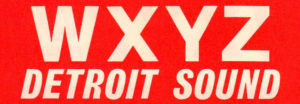 WXYZ: 5,000 watts. ABC affiliate. Music format: Contemporary. Editorializes twice a week. Highly-identifiable air personalities. Special programming: “Don McNeill Breakfast Club” 10-10:55 a.m. M-F. “Lou Gordon Comments,” 2-minute commentary, 6:25, 9:25 a.m., 12:05 p.m. M-W-F. “Call Board-Dick Osgood,” drama-critic with interviews, 9:30-10 a.m. Sun. Al Koski is in charge of 12-man news department, mobile units, Mini-Tapes.“Morning Reports” 6:55-7:05 a.m. M-F. “Assignment The World,” 1 and-a-half hours of news, sports, business, show world and special reports, 5:45-7:15 p.m. M-F.
WXYZ: 5,000 watts. ABC affiliate. Music format: Contemporary. Editorializes twice a week. Highly-identifiable air personalities. Special programming: “Don McNeill Breakfast Club” 10-10:55 a.m. M-F. “Lou Gordon Comments,” 2-minute commentary, 6:25, 9:25 a.m., 12:05 p.m. M-W-F. “Call Board-Dick Osgood,” drama-critic with interviews, 9:30-10 a.m. Sun. Al Koski is in charge of 12-man news department, mobile units, Mini-Tapes.“Morning Reports” 6:55-7:05 a.m. M-F. “Assignment The World,” 1 and-a-half hours of news, sports, business, show world and special reports, 5:45-7:15 p.m. M-F.
General manager Charles D. Fritz. Send 4 copies of 45’s and 2 copies of LPs to program director Bruce Still, 20777 W. Ten Mile Rd., Detroit, Michigan 48219. WXYZ-FM: ERP 27,000 watts. Simulcast with WXYZ-AM.
Also, according to the Billboard issue dated above, WXYZ was now ranked third at 22% below CKLW’s 34% and WKNR’s 44% share of the Detroit market overall, in that order. But on the side, there was still glimmers of hope. Despite the lowest ratings of the top 3, WXYZ’s The Marc Avery Show held the No. 1 pick for the mid-morning time-slot over Robin Seymour at WKNR, according to Billboard’s Radio Response Ratings in the same July 17, 1965 issue.
B e g i n n i n g O f T h e E n d
Moving into the new year in 1966, more changes were in the wind for WXYZ. Lee Alan, was by now in line for program director by station manager Chuck Fritz. The suggested appointment for PD was approved by the ABC brass-heads in New York. Replacing Bruce Still, Lee moved into his new position in March of that year.
By then Steve Lundy headed out west to another ABC-owned station, in San Francisco. Under Alan’s tenure as new station PD, Pat Murphy would move up in the afternoon time-slot on WIXIE, from the all-night hours. Meanwhile, during a short stay in Cleveland in early 1966, Lee Alan discovered the sound of Joey Reynolds at WIXY. By April, after talking to Fritz that he should hire him immediately, Alan had Joey Reynolds making the move over to the Motor City.
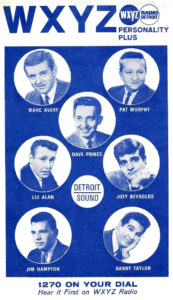
About this same time, Jimmy Hampton was hired as the new over-night personality on 1270. In April, Alan also brought back the Detroit Sound Surveys for record retail outlets scattered throughout the Detroit metro area, highlighting the best in top 40 music WXYZ could offer from Broadcast House. Lee Alan also had written, composed and produced the music for the new ‘Personality-Plus’ jingles package (click highlighted reference for audio) for the station’s new sound for 1966. The new jingles custom were produced in Chicago by Dick Marx Productions for Lee Alan and were beautifully sung for WXYZ by the famous Anita Kerr Singers. Management, the entire radio staff and Lee Alan, now as program director were convinced the right formula was now in place moving forward for 1966.
But by mid-1966, not much had changed for WXYZ during their battle for higher ratings in Detroit. According to the Billboard trade publication dated July 2, 1966, CKLW lost five percentage points from the year before. Now holding a 29% share, a year earlier they held a higher 34% in 1965. Still at second overall in 1966, 3 of the CKLW share percentage points went to WKNR, who gained at 47 from a 44 previous. Meanwhile, WXYZ, gained two percentage points from the 5 CKLW lost within a year. By year’s end, WXYZ was now a slight 24 from the previous 22% they held in 1965. Yet, the station found itself still mired at third in the top 40 market.
But the “problem” about network programming was still there. For many at the station it only served as reminder who it was who still owned the station. Some had advocated openly to the station manager, Lee Alan among them, that network programming out of New York was “killing” the station. That it should be dropped. That in 1966 the listeners instead wanted more of the music. But pleas towards Fritz to persuade ABC in New York to drop network programming fell on deaf ears.
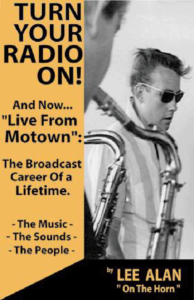 According to Lee’s book, entitled, “Turn Your Radio On,” during the battle for ratings in 1966, Alan stated, “I have to say that in despite Chuck Fritz’s and ABC’s stubborn refusal to kill the old network programs, and let us be the pillar sound we needed to be, to get back on top — boy, we gave it everything, everything we had. And we had a terrific time doing it.”
According to Lee’s book, entitled, “Turn Your Radio On,” during the battle for ratings in 1966, Alan stated, “I have to say that in despite Chuck Fritz’s and ABC’s stubborn refusal to kill the old network programs, and let us be the pillar sound we needed to be, to get back on top — boy, we gave it everything, everything we had. And we had a terrific time doing it.”
In concluding, Alan elaborated further, “I still had hopes that ABC would kill the breakfast club and that listener-chasing hour and 20 minutes of news, 6 O’clock – 5:55 – when all of a sudden Bill Drake came into town and did exactly what Joel Sabastian, Dave Prince and I, had pleaded with Chuck Fritz to do back in 1963.
Bill Drake came here, and turned CKLW into the BIG 8. Bill Drake made the BIG 8 happen. Did it against WKNR just the way we could of. Now we have both ‘CK and Keener to contend with. Instead of staying in the battle, Chuck Fritz and WXYZ were about to give up, were about to surrender. Martin and Howard were hired . . . the scene was set for the end. And it would unfold just as I had predicted.”
It was over.
After just two weeks going into 1967, it was apparent the top 40 run at WXYZ was finished, over and was done. By January’s end Lee Alan was gone. The format was changed. Martin and Howard was in, Joe Bacarella was the new program director and WXYZ was officially “Sound Of The Good Life.”
The end of a Detroit broadcasting legend. The end of an era.
_____________________
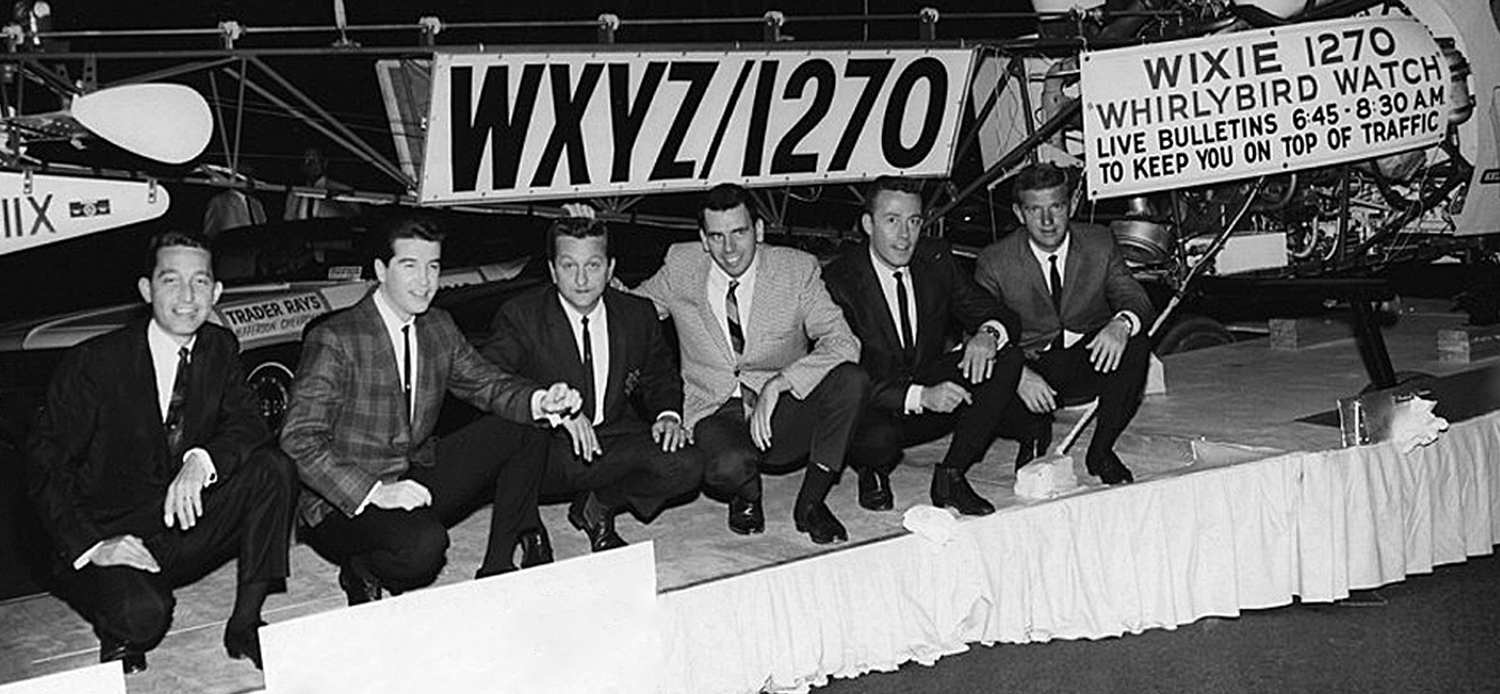
![]() This WXYZ feature was updated on October 29, 2024
This WXYZ feature was updated on October 29, 2024
A MCRFB NOTE: For more on WXYZ radio on this website, go to the ‘Categories’ archives and find WXYZ, or go here. Relive many of the classic ’60s WXYZ “Detroit Sound” (some 40-plus total!) in our Aircheck Library, here.
For the latest on Lee Alan today, go to his website blogroll and click on Lee Alan’s blog. Where can I buy Lee Alan’s book, ‘Turn Your Radio On!‘? It is still available, here.
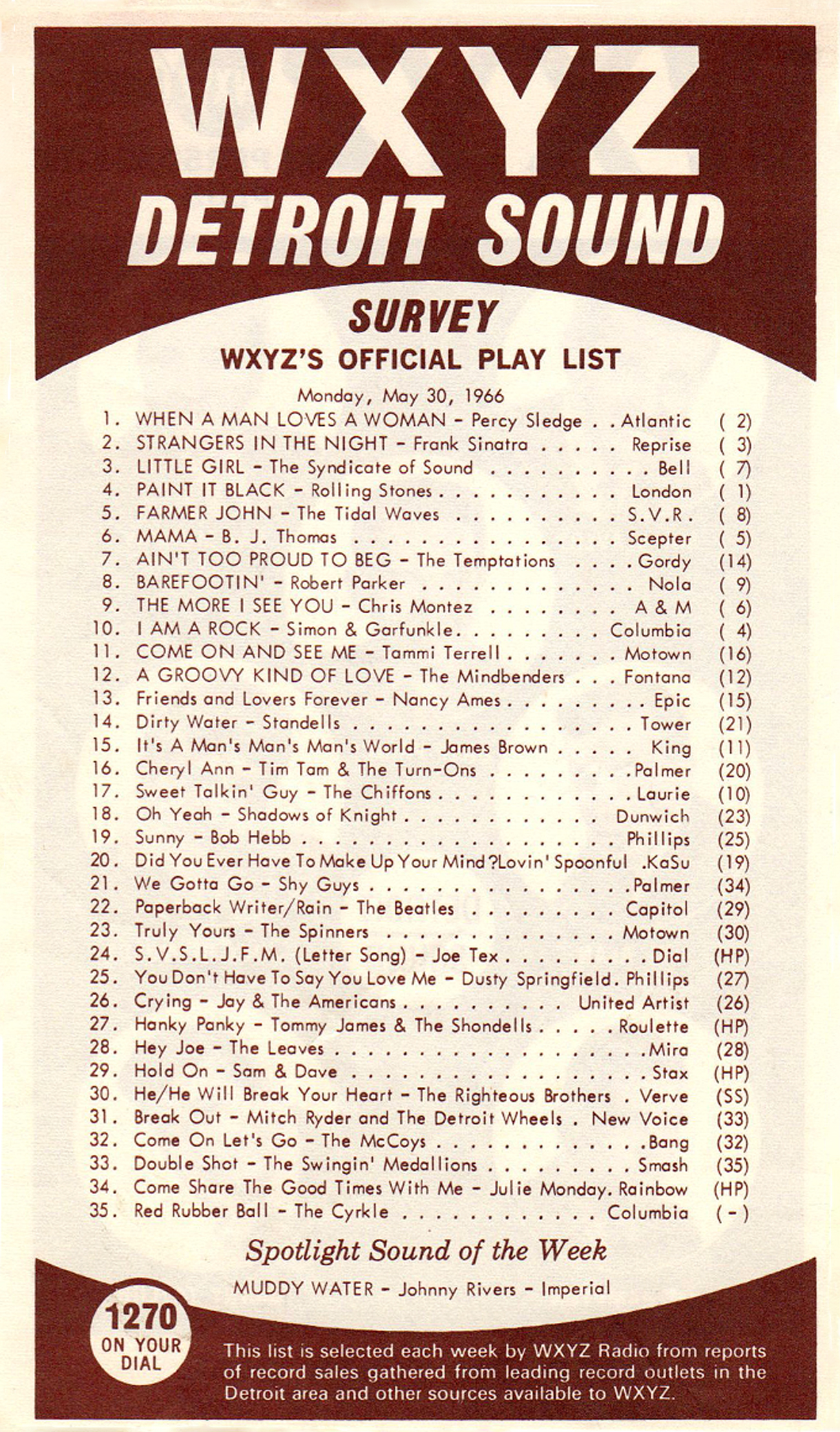
![]()
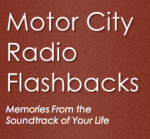 From the MCRFB AIRCHECKS Library —
From the MCRFB AIRCHECKS Library —
Joey Reynolds on 96.3 FM WHYT
…We’re gonna get funky… get those Q-Tips outta your ears and pay attention to what we’re doin’….
Last week, MCRFB Aircheck Of The Week had featured Joey Reynolds on WXYZ 1270 AM in Detroit during 1966.
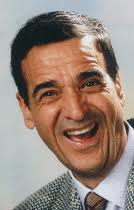 This week, MCRFB features the talented Joey Reynolds once again. Having left New York City’s WHTZ, Reynolds was back in Detroit on “Hot Hits” 96.3 WHYT on the FM dial, this time in the ’80s.
This week, MCRFB features the talented Joey Reynolds once again. Having left New York City’s WHTZ, Reynolds was back in Detroit on “Hot Hits” 96.3 WHYT on the FM dial, this time in the ’80s.
In this featured WHYT aircheck, you’ll note Joey Reynolds showcases his own brand-of-characters during his entire show, while highlighting more of his quick-and-spontaneous humor with his wit in rapid-delivery fashion this time around.
Before the end of the year, Reynolds would leave WHYT in Detroit for the west-coast once again, this time on KMGG in L.A. Reynolds was previously in Los Angeles on KRTH during 1980 and 1981.
For this week’s MCRFB Airchex feature, here is Joey Reynolds on WHYT in Detroit on April 10, 1984. This was Joey Reynolds at his Detroit best.
___



![]()
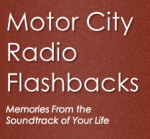 From the MCRFB Aircheck Library:
From the MCRFB Aircheck Library:
Joey Reynolds on 1270 AM WXYZ 1966
…I hope we last….
The date is April 19, 1966. WXYZ 1270 is set on your radio dial. The time is 9:00 PM on a Tuesday evening here in the Motor City.
Coming in fresh from Cleveland’s WIXY, listen in as Joey Reynolds introduced himself on The Joey Reynolds Show for the very first time when he first came over to Detroit.
___

…Well uh I don’t understand quite frankly Al what you’re getting at. What are you trying to say is you don’t like me?….
___
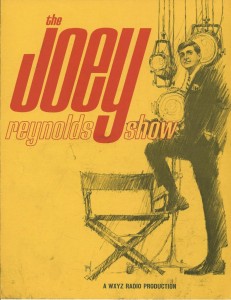
In this classic 1966 WXYZ aircheck, Joey Reynolds did all he could to keep his composure with a certain caller, Al Evans from South Junior High School.
When this aircheck was taped in May of 1966, Joey Reynolds was known for his propensity to berate other radio stations and on-air personalities during his shows while in Detroit. Whether his on-air rhetoric might have been described as “good clean fun” or just a display of Reynolds own personal ego, these assumptions might have been taken more than lightly by some listeners, such as the one noted particular call to The Joey Reynolds Show would come to obviously demonstrate.
In April 1966, WXYZ had many of the best radio voices covering the Detroit radio map at that time. Marc Avery. Lee Alan. Dave Prince. Jimmy Hampton. Pat Murphy. Danny Taylor.
Under Lee Alan, now as program director, WXYZ retained its star status with their legendary top 40 personality-plus line-up. The ABC-owned station’s share for higher numbers was paramount moving forward against WKNR and CKLW. The station was locked in battle to regain the top 40 crown they once held over Detroit several years back. Detroit, in 1966, was a three-station top 40 market.
But it was the Reynolds star, despite the anticipated expectation he’d be held for higher ratings and audience popularity the moment he first signed on, never came to fully rise during his short stay here in the Motor City.
By July 1966, a little over two months after WXYZ General Manager Charles Fritz and station Program Director Lee Alan brought the Gavin Award winning radio host to Detroit, the station found itself floundering at third place with only a 24 percent share of the Detroit radio audience overall.
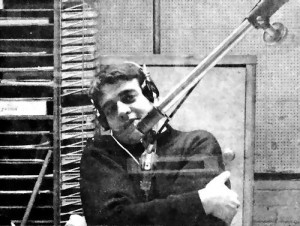
In contrast, CKLW held their ground just a short-distance ahead with a 29 share at second place. Meanwhile, WKNR was still at the top with a 47 percent share of the total Detroit audience who were listening to Keener 13 at any given time throughout their entire broadcast day.
As to his statement, “well I hope we last”… he didn’t.
By the first week of November 1966, and six months after first coming on WXYZ, Joey Reynolds was completely removed far away east from the Detroit radio scene at WDRC in Hartford, Connecticut.
But according to Wikipedia, the Reynolds resume reflects he’s had an illustrative career in both radio and television during his later years in broadcasting as well. He even came back to Detroit on WHYT for a short while during 1983 into 1984.
Today, as of this date, Reynolds is presently hosting All Night With Joey Reynolds on the WNBC-TV owned sub-channel station WNBC-TV2 in New York City.
___
(The Joey Reynolds poster courtesy of the Art Vuolo Collection)
___

(The Joey Reynolds poster courtesy of the Art Vuolo Collection)

![]()